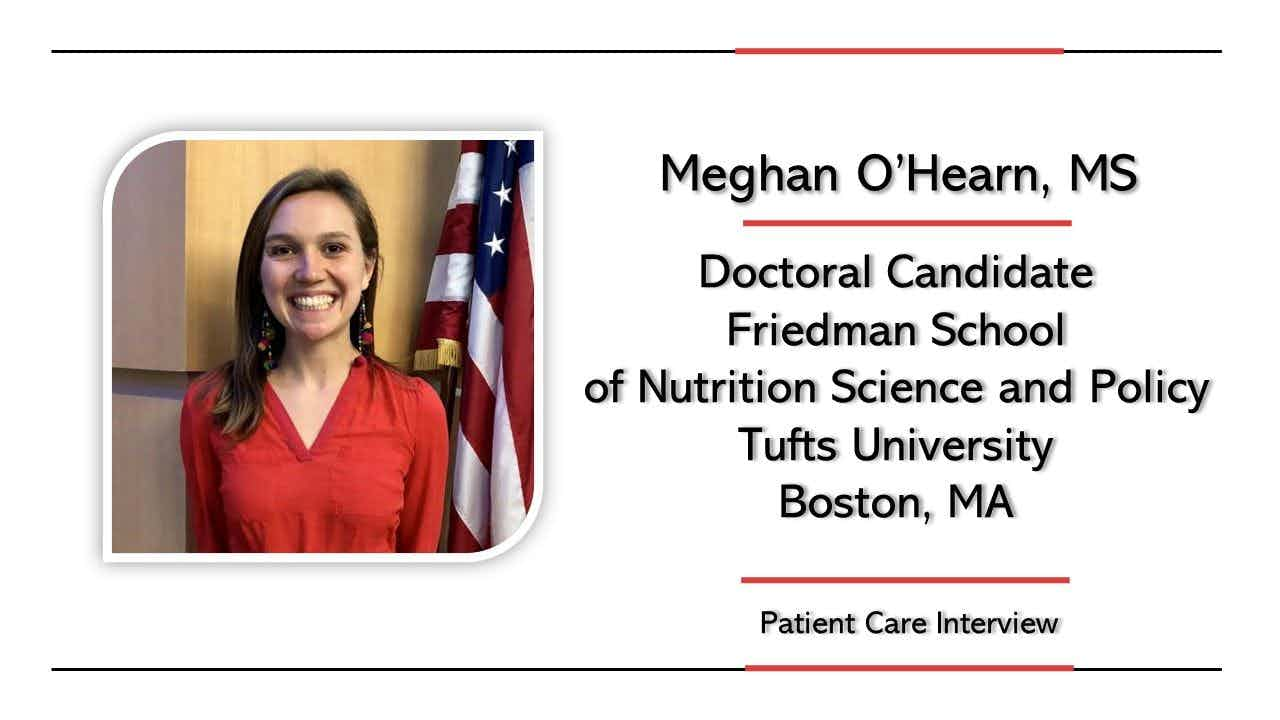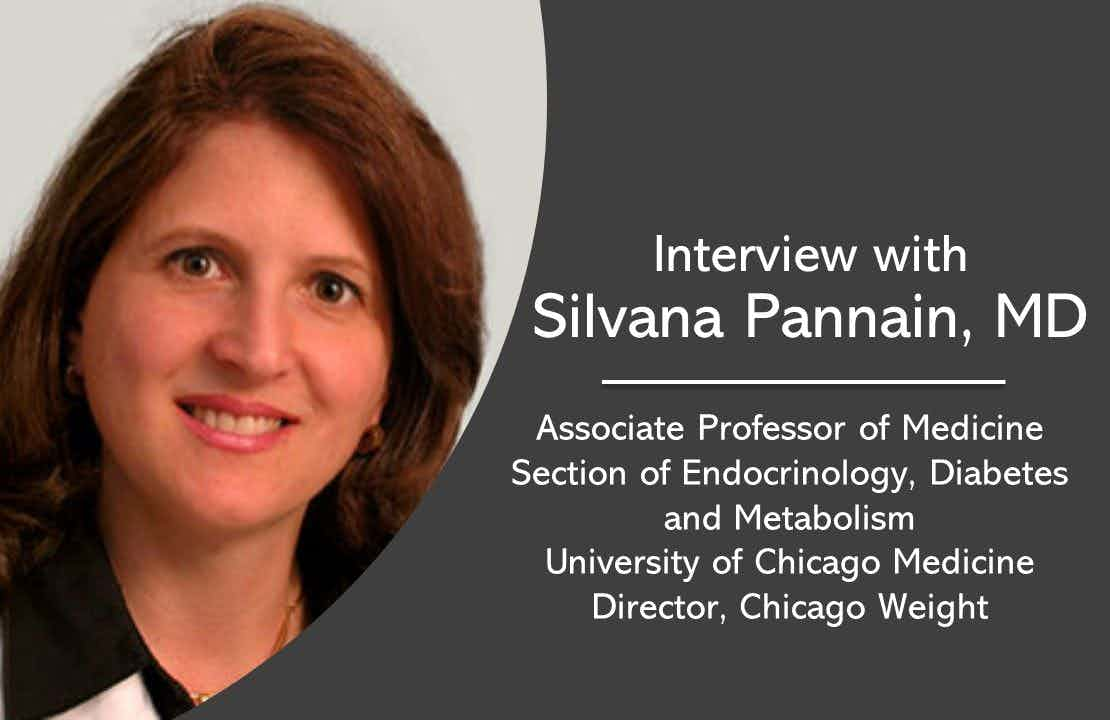A Low LDL Does Not Eliminate the Risk of a Low HDL
SYDNEY -- For patients with coronary artery disease, a maximum risk reduction required not only the lowest level of LDLs, but also the highest level of HDLs, found investigators here.
SYDNEY, Sept. 26 -- For patients with coronary artery disease, a maximum risk reduction required not only the lowest level of LDLs, but also the highest level of HDLs, found investigators here.
That assessment emerged from a post hoc analysis of the 9,770-patient TNT (Treating to New Targets) trial which found that at five years there were fewer deaths and non-fatal events among patients who achieved an LDL of less than 70 mg/dL and a mean HDL of 61.5 mg/dL (10.1) after three months of statin therapy (P=0.03).
"In the univariate model, the event rate was reduced by 40% in the highest [HDL] quintile relative to the lowest," Philip Barter, M.D., of the Heart Research Institute in Sydney, and colleagues, reported the finding in the Sept. 27 issue of the New England Journal of Medicine. When the data were adjusted for covariates, in the entire TNT population there was a 25% reduction in risk (HR 0.75, 95% CI 0.60-0.95) for the highest HDL quintile versus the lowest (P=0.04).
Low HDL level was known to be a "powerful predictor of increased cardiovascular risk," but it had been argued that "if the LDL cholesterol level were reduced sufficiently, the level of HDL cholesterol might become irrelevant," they wrote.
"But we knew that even when LDL was aggressively treated, there was still a risk of events," Dr. Barter said in an interview. "This analysis confirms that clearly HDL remains important. If anything I am surprised by the magnitude of its importance. So the real message is that lower [LDL] is better, yes. But that is not enough to get rid of risk associated with low HDL."
The TNT randomized coronary disease patients who had a baseline LDL of 130 mg/dL or lower to 80 mg or 10 mg of atorvastatin (Lipitor). The target LDL was less than 70 mg/dL and patients were followed for five years. Patients in the high dose arm achieved a mean LDL of 77 mg/dL and reduced cardiovascular events by 22%. (See: ACC: LDL Cholesterol of Less than 80 mg/dL Reduces Risk of Heart Attack and Stroke)
In the current study, the investigators analyzed the relationship between HDL at the end of three months of statin therapy and time to first-event risk. The data were also stratified by LDL cholesterol level.
In an interview, Christopher Cannon, M.D., of Brigham and Women's Hospital and Harvard Medical School, agreed that the finding was "important," although he pointed out that it emerged from a post hoc analysis of a trial that was not designed to treat HDL. Nonetheless, when the data were analyzed "a lower risk was seen among this subset of patients with LDL less than 70 mg/dL whose HDL levels were in the highest quintile." Dr. Cannon was not involved in the trial.
The findings, both Drs. Barter and Cannon agreed, come at time when interventions targeting HDL have had mixed results.
Statin therapy in addition to lowering LDL can achieve modest increases in HDL, Dr. Cannon said.
"Losing weight and exercise are effective life style interventions," Dr. Barter said, "and if everybody was lean we wouldn't have the current epidemic of cardiovascular disease. But not every patient can run."
Niacin can increase HDL by 30% to 40%, but the chemical flush associated with its use makes it difficult for many patients to tolerate.
Results have been somewhat better with extended release niacin, as well as with an investigational compound that combines niacin with laropiprant, a potent, highly selective prostaglandin antagonist. (See: ESC: Investigative Niacin Combo Turns Down the Heat on Flushing)
And trials of the most promising HDL-boosting drug, torcetrapib, were halted late last year when researchers discovered excess cardiovascular mortality among patients taking the drug. (See: ACC: Torcetrapib Studies Offer More Questions About HDL Booster)
Dr. Barter said he will be reporting data at the American Heart Association meeting in November that will answer some of the remaining questions about torcetrapib, which boosts HDL by 50% to 100% by inhibiting cholesteryl ester transfer protein (CTEP).
The investigators said the current trial was limited by a number of factors including the fact that patients defined by HDL quintiles were "not similar with respect to other cardiovascular risk factors and there may have been other differences that were not evaluated but that could have influenced the analysis." Two such missing pieces of information were waist circumference and insulin levels.
But for now, Dr. Barter said, "I would recommend HDL modifying regimens such as niacin for any [dyslipidemia] patient who has achieved a low LDL but who has not increased their HDL [to 55 mg/dL or higher]."







